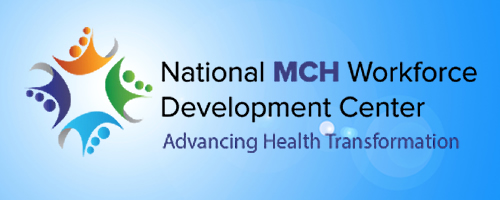
“It is not just the lack of funding available to public health but the manner in which funds are made available that limits its ability to address new and emerging needs such as updating information systems and policy analysis.”
— National Network of Public Health Institutes,
Challenges and Opportunities for Strengthening the US Public Health Infrastructure:
Findings from the Scan of the Literature
In this series we discuss a key domain of Title V internal readiness for external partnerships: using program funds more effectively. This includes options for recruiting and retaining staff who will sustain relationships with communities; blending and braiding funds across Title V and other programs; and improving procurement practices. Financial flexibility requires a strong understanding of Title V and related funding and a strong internal team, including your human resources and finance departments.
Internal readiness to advance external partnerships starts by understanding financial challenges and opportunities within Title V and those groups we work with on a daily basis. Some of the major challenges Title V leaders currently face include staffing shortages, siloed programs addressing related goals, and procurement practices that are not keeping up with their programs’ current strategies. Having enough people, with sufficient skills, who choose to stay is essential. Policies limiting health department salaries can make it difficult to recruit and retain these people.
Title V leaders can often be most effective by working with other programs and divisions within the state health department such as injury prevention and control, WIC, Nurse Family Partnership, and primary care, and other agencies serving the same populations. One challenge is that these programs may have separate funders and different requirements about how funds can be used.
Finally, Title V programs often contract with other organizations for much of their work. Sometimes, procurement practices have not kept up with evolving Title V strategies, such as those related to population health.
MCHwork provides a jump start to thinking creatively about program funds as a first step to engage in community partnerships through a Ready-Set-Go approach. Use the following resources to start your learning, dig deeper, and move from knowledge to practice.
Watch these three videos from the National MCH Workforce Development Center to gain an understanding of how financial flexibility can serve as the first step for building internal readiness to engage community partnerships.
In this video, we share options for recruiting and retaining the staff who will sustain relationships with communities; blending and braiding funds across Title V and other programs; and improving procurement practices.
In the second video of the series, we address the fact that Title V funding can be confusing, but understanding the key components of that funding—including your state's level of funding—helps to present a picture of how Title V and related programs can use funding strategically to maximize impact.
In the final video in the series, we stress the importance of your human resources and finance departments in formalizing working relationships with community partners. Knowing what is legally and administratively required in using Title V funding to achieve impact in the community.
Resources from the MCH Navigator. Use these resources to dig deeper into the specifics of using program funds more effectively:
Start here with this video: Beyond Emergency Funding: Sustaining Public Health Funding in a Post-COVID Landscape. Trust for America's Health and the Coalition for Health Funding. This video convened experts in public health policy and funding to explain the need for robust, sustainable public health funding as the foundation to achieving impact in the community.
Resources from the MCH Digital Library. Use these resources to understand how to implement what you've learned:
Start here with this collection of resources: Public Health Finance Resource Portal. This website provides resources to help sharpen the big-picture understanding of local public health finance and enhance individual organizational financial health.